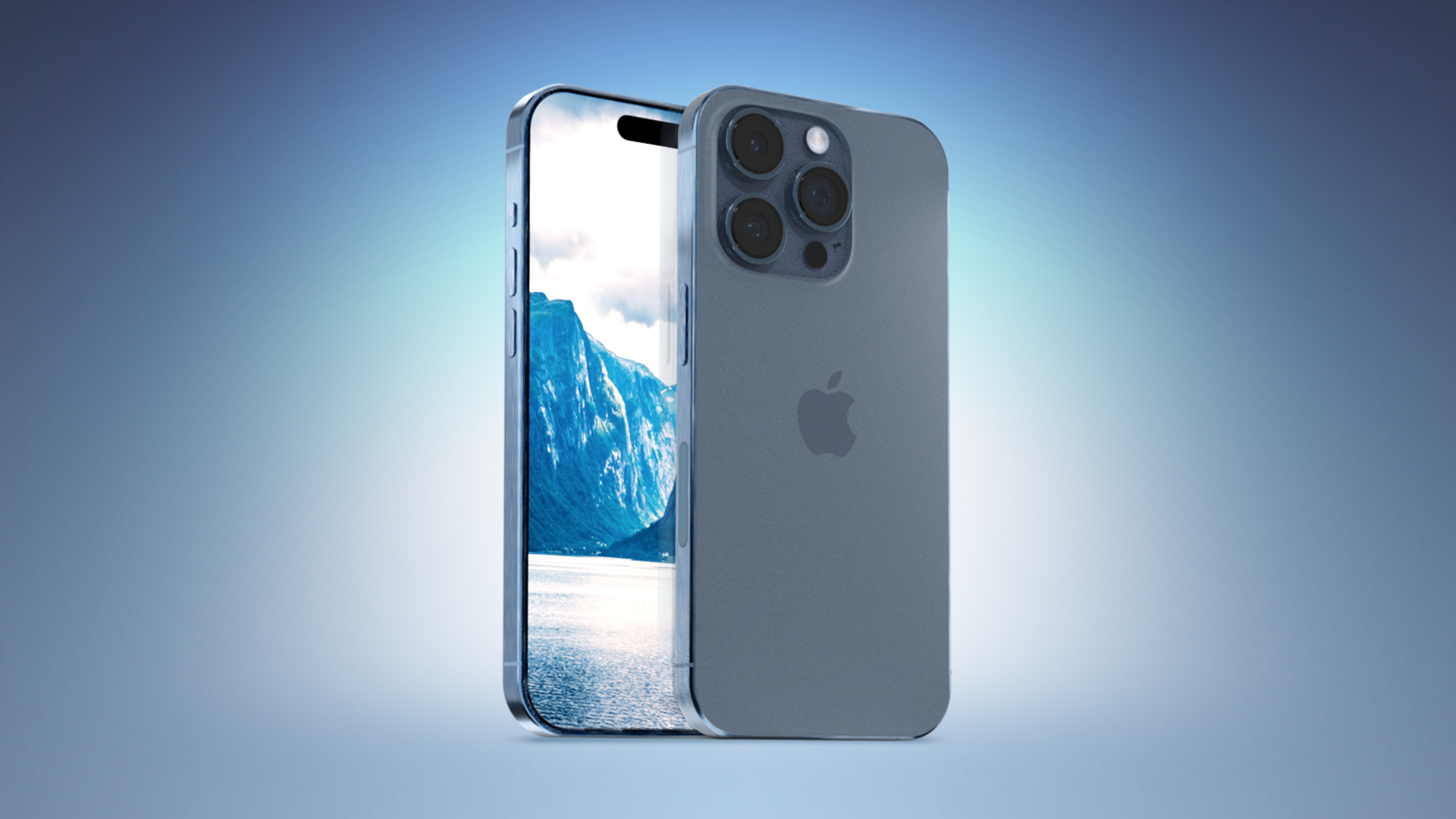Got a tip for us?
Let us know
Become a MacRumors Supporter for $50/year with no ads, ability to filter front page stories, and private forums.
Kuo: iPhone 16 Pro Models to Adopt Stacked Camera Sensor Design
- Thread starter MacRumors
- Start date
- Sort by reaction score
You are using an out of date browser. It may not display this or other websites correctly.
You should upgrade or use an alternative browser.
You should upgrade or use an alternative browser.
This might be the year the foldable phone will be released. Might have to release models styles regular stick type in the foldable. iPhone 16 era will be interesting
Kuo who?
Kuo who?
Umm, sold my camera for an iphone 15 pro. However, if the 15 pro is getting the same sensor as the 14 pro, I may save the cash, buy a 14 pro and wait for the larger 16 sensor. Annoying as wanted the 15 to be my camera and phone (coming from android and over 1k for a phone was hoping for a even better raw producing camera)
🤔 I don’t understand this article..
Apple's iPhone 16 series next year will adopt a stacked rear camera sensor design across the lineup, following similar adoption in this year's standard iPhone 15 models, according to Apple industry analyst Ming-Chi Kuo.

This year's lower-end iPhone 15 and iPhone 15 Plus models are expected to feature a 48-megapixel rear camera lens with a stacked CMOS image sensor (CIS) design that can capture more light.
Production yield issues of the new sensor design have likely prevented Apple from adopting it across all iPhone 15 models this year, and while Sony's high-end CIS capacity is expected to remain tight through 2024, Apple has secured most of Sony's orders ahead of time.
According to Kuo, Sony's tight capacity is expected to benefit rival supplier Will Semi, which will obtain more orders for high-end CIS from Chinese smartphone brands as a result.
Rumors suggest the 48-megapixel wide-angle camera used in the iPhone 16 Pro Max will feature an eight-part hybrid lens with two glass elements and six plastic elements, along with improvements for the telephoto and ultra wide camera lenses.
Both the iPhone 16 Pro and the iPhone 16 Pro Max could get periscope telephoto lenses in 2024. In 2023, the iPhone 15 Pro Max will be the only device to get the new camera technology because of size constraints.
Article Link: Kuo: iPhone 16 Pro Models to Adopt Stacked Camera Sensor Design
The title says the iPhone 16 Pro models will get a new stacked camera sensor next year.
Why is the description talking about the non-Pro iPhone 15 models getting the stacked sensor ?? Does that mean the 15 Pro models won’t get the new sensor ? None of this makes any sense.. who wrote this article ?
Has anybody done the experiment comparing the two? Not doubting your statement - just asking for information.48mp down samples to 12mp with less noise and better details than a native 12mp photo.
Just saying.... The current iPhone is the 14 series and the 15 series is not yet released (maybe 5 weeks out) and the 16 series are still vaporware. The rumors for the 15 series are still unproven. Why waste electrons on the 16 series that is over a year away?
I am concerned with next month's release.
I am concerned with next month's release.
Thank you. That helps me understand what they are talking about.
Stacked sensors don't gather more light. The amount of light hitting the sensor is the same. The only way you're going to gather more light is if the aperture, the camera hole, is bigger, or the sensor is also bigger to capture more of the light.
What stacked sensors do is processing the light hitting the sensor faster, thus increasing the readout speeds. That means less rolling shutter. It also allows for more resolution and faster frame rates and also probably faster/more accurate subject recognition. What it doesn't do is directly improve low light performance, but because with all the extra processing capability, computational photography will kick in and will ultimately help getting a better low light output using the phone's HDR/stacking blending capabilities in real time.
Thx for good technical sharing. iPhone shutter speed is so good already, Samsung is way behind and people hate Samsung. So increasing shutter speed should not let existing latest iPhone user feel anything different. Apple has used like 5 years to keep improving the AI part, this new sensor gives it like 0.2 second more for AI processing then I doubt it practically helps anything, especially the cpu is already crazy so fast. Look more like for Apple marketing team to have more BS in next 16 event.
I think the rumor is totally wrong. It doesn't even make sense if only iPhon 15 and 15 Plus get stacked sensor because even now, stacked sensors are available only for flagship FF and APSC cameras. Yes, the stacked sensor is expensive one. It allows faster reading speed and better performance which you can use an electronic shutter as a main shutter without a mechanical shutter. It is another revolutionary tech for cameras but like I said, the stacked sensor IS expensive. Also, stacked sensor does NOT gather more light, it just work way faster than normal sensors. I have no idea why Kuo said that but he is def not a camera professional.
Low-end iPhone with stacked sensors is already nonsense.
Yes agree, may be iPhone 30 still doesn’t have it lol, iPhone 15 has usb 2.0 lol lol and 15 pro still just has exact 14 sensors
Register on MacRumors! This sidebar will go away, and you'll see fewer ads.


